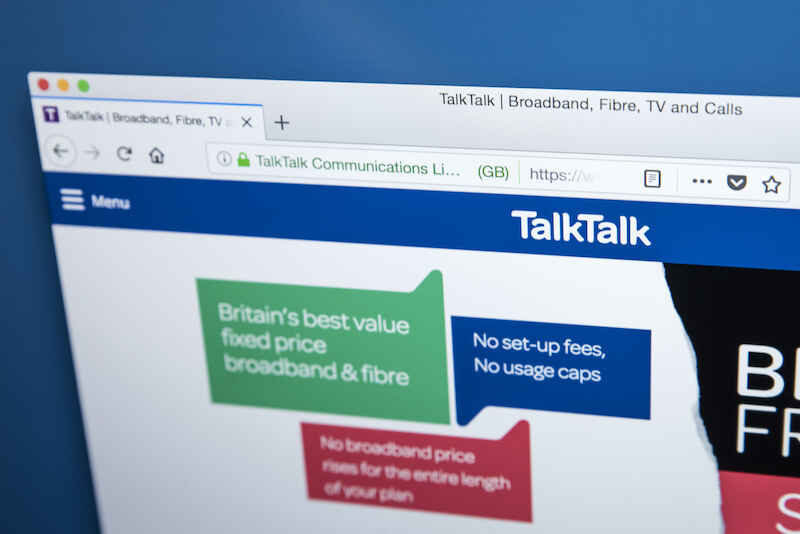Collective switching explained

Share this guide:
Last updated: 08 April 2021
Save money on your energy bills
Enter your postcode below to get started
What is collective switching?
Collective switching is when multiple people switch onto a tariff at the same time in order to get the best rate for everyone in their group. The logic behind collective switching is essentially that multiple people searching for energy tariffs are in a better position to negotiate than an individual. This does not mean an informal group, such as friends or neighbours. But a formally organised community could be organised by either local councils, national newspapers, or even comparison websites. Generally, collectives are only available for a limited time or restricted to a certain amount of people.
How does it work?
Once a certain amount of people have signed up to a collective, the scheme will close and there will then be a reverse auction with energy suppliers. Essentially this means different energy suppliers will bid against each other for the right to supply this collective with energy. This will drive down the price ensuring a better rate for members of the collective than individuals on their own.
How do I join a collective?
There are generally no restrictions on who can establish a collective community for energy. You can either look online, or it may be offered to you simply because you are a customer or a member of an organisation. Because they are only available for a limited period of time, it’s important to act fast so that you can get the best deal. The larger amount of people the leadership can attract to their community the better deal they will be able to get.
Do I have to switch?
Just because you are a member of a collective does not mean you have to switch if you prefer the energy deal you have already. You will be able to see the offer that is available to you before you take it, and you can compare this to other energy tariffs to choose the one that works best for you.
Save money on your energy bills
Enter your postcode below to get started
Advantages of Collective Switching
- As there are more people involved in the switch than just you, you can get cheaper energy deals otherwise not available.
- An energy supplier might want to target a niche demographic, so could offer very good terms that other suppliers would not want, or be able to. For instance, an energy supplier might want to take over in your region and therefore offer very favourable terms simply because you happen to live in the right place at the right time.
- The best collective schemes to join are ones that centre around a specific theme tailored to all of the members' interests. For instance, finding a tariff that provides energy from renewable sources.
- Can be a good idea if you live in a rural area where energy distribution costs might be higher for the provider. Energy companies will be more likely to listen to a group of people rather than just one in these areas.
Disadvantages of Collective Switching
- The increase in the number of people switching naturally lowers the customer care level that you will receive.
- In many ways, collective switching seems like a relic of a bygone era. It could take a lot longer than going through a comparison website to switch, and therefore might not be worth it.
- When part of a collective, it can take a long time to switch energy supplier or tariff. When it comes to energy savings, each minute that goes by is a possible minute that you could have been saving.
- Because it’s a collective deal it will not be specific to your home or business requirements.
- If you are a tenant you will be restricted if your household is part of a collective; switching energy supplier as a tenant may not be possible unless you get permission from your landlord,
We are an independent and impartial price comparison website.
Our services are 100% free to use.
usave.co.uk is supported by its users. When you make a purchase through links on our site, we may earn an affiliate commission.
Don't miss these
-
-
How to Pay Your Energy BillsTariffs and Bills
-
-
Read on our blog

With the government poised to implement tough new measures to...

Budget broadband provider TalkTalk has been notifying customers via email...

A year-long investigation by charity Citizens Advice has revealed a...

Education Secretary Nadhim Zahawi has announced a new commitment to...






